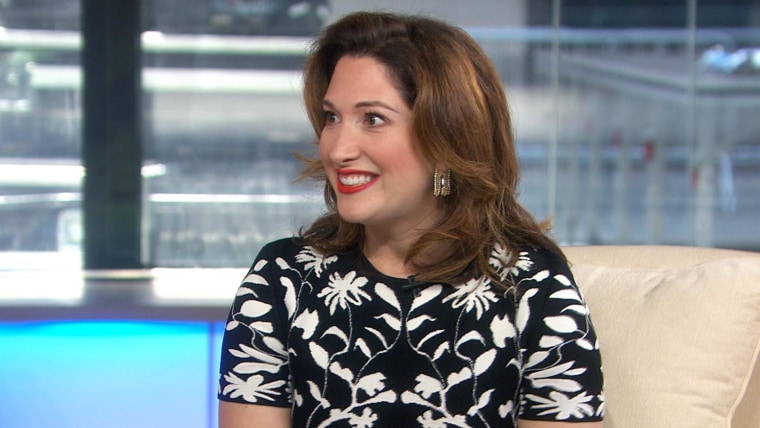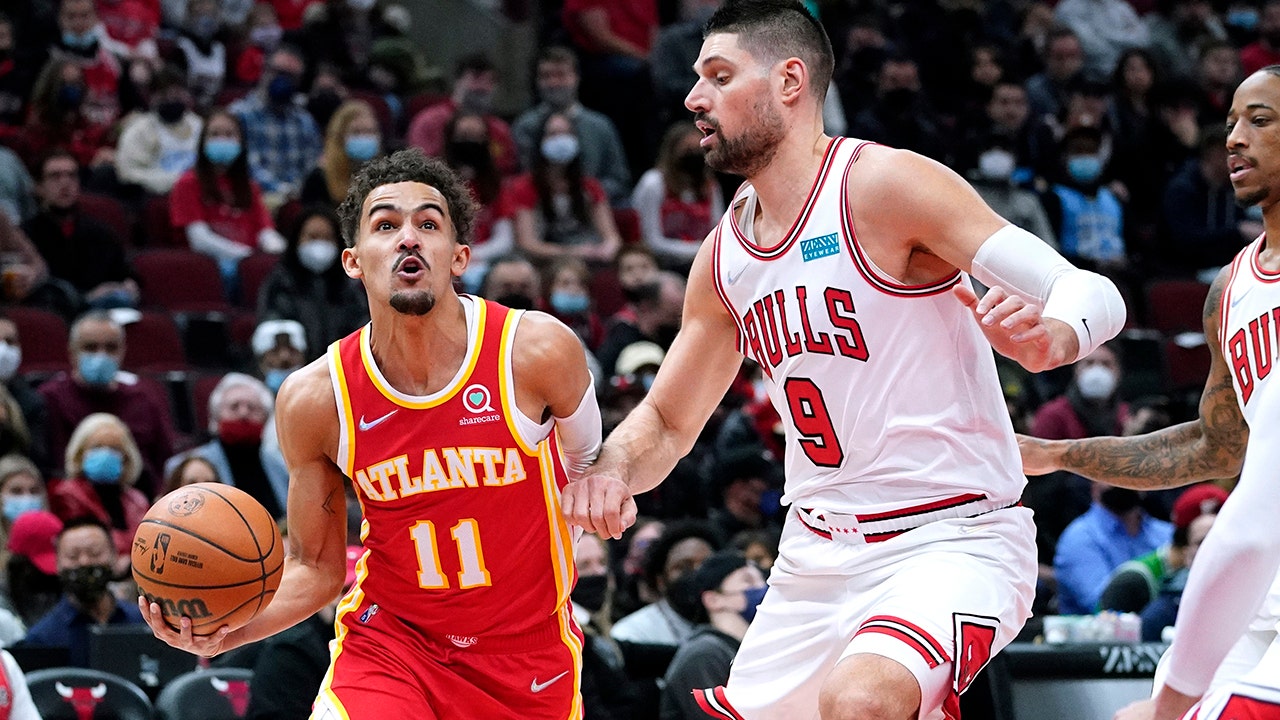January 2022 arrives as our methods of keeping time feel like they are breaking. Calendar pages turn, yet time feels lost. In this year of all years, what does it mean for a year to be new?
Deep inside a mountain in West Texas, Alexander Rose has been working to build a clock with a pendulum that will tick for 10,000 years.
It is hundreds of feet tall, powered by the temperature difference between day and night, and synchronized by the solstice. The idea, said Mr. Rose, the executive director of the foundation behind it, is to help humans think about time well beyond our own lives. They call it the Clock of the Long Now.
The coronavirus pandemic has slowed installation, and it has also made time itself feel strange, going by both in a blur and horrifically slowly, he said.
“There was that moment in the middle of 2021, last summer, when we all thought, all right, this is it, we are all coming out,” he said. “Well, that lasted about 30 days. And all of the sudden, we are back in, and then we are coming back out again, and then now we are going back in.”
He added, “There is a pendulum that’s going to swing.”
When clocks strike midnight on Dec. 31, the year 2021 and all it has brought will come to a close, leaving people around the world reflecting on the passage of time. Typically, New Year’s Day is an occasion to consider the past and celebrate the future. We make resolutions. We remember those who have died. We make lists of the traumas and the joys that have impressed themselves upon our lives.
But this year of all years, what does it mean for a year to be new? How do we measure our lives? The past year began with the promise of mass vaccination and the hope that life as we had known it would return. The year is ending with unmet expectations — Omicron’s spread, people lighting candles for their third Covid birthday cakes, and meager jokes that 2022 could really be “2020, two.” How do we make sense of time when calendar pages turn, and yet time feels lost?
January 2022 comes as our methods of keeping time feel like they are breaking. Schools start in person again and then go back online. Tornadoes destroy entire towns in mere moments. We count minutes for rapid tests, and days for Covid exposures. In many regions, it rained too much in summer, or stayed warm into winter. Items ordered months ago suddenly arrive.
“Before, new years were landmarks in progress of a story that was unfolding,” said Jenann Ismael, a philosopher of physics at Columbia University. “Now it feels like lost time, waiting to get back to our stories.”

Time is a mystery humans have grappled with across cultures and centuries, often with ritual as our guide. January traces to Janus, the Roman god of doorways and beginnings. The ancient Babylonians charted the course of Venus, dating the dynasties of kings. The Greeks had Chronos, the god of time, and for many Hindus time was associated with Kali, who doubled as the goddess of death.
Calendars are flexible things, shaped by and for the communities that make them. The Gregorian calendar, the solar dating system commonly used today, was created by Pope Gregory XIII in the late 16th century, as a revision of the Julian calendar, established by Julius Caesar. Rosh Hashana, the Jewish New Year, arrived this year in September with the sounding of the shofar. The coming Lunar New Year will begin on Feb. 1, when the Year of the Ox, representing fortitude and strength, will give way to the Year of the Tiger, which some hope is a sign of roaring back.
“I like to think of a new year being possible at any moment, as every moment is a kind of doorway,” said Joy Harjo, the United States poet laureate. “You can go any direction, although directions can be impeded.”
This year, directions everywhere seemed blocked. Plans were made and then canceled. The ritual of the New Year’s party is not the same on Zoom.
Vijay Iyer, a pianist and composer, lost his father over the summer. Everyone, he said, is carrying some bit of grief.
“There’s what we call a lifetime, and there’s the way that someone’s afterlife continues to matter, and the way they become part of other people,” he said. “Time becomes a very fluid, almost reversible thing.”
In music, he said, time is born of human rhythmic cycles. A breath may be around three or 10 seconds, a pulse a third of a second, spoken syllables quicker than that. There’s the slower build of the hormonal activation of emotion, and short- and long-term memory. All of life’s cycles, in and around us, together define time.
“Musical time, we are actually talking about change, and offering a pathway of change,” he said.
“Sometimes it is about losing yourself within it temporarily, so you don’t actually have sense of what time it is anymore,” he said. “It frees you from the Eastern Standard Time, temporal grid, that we are on.”
In quantum mechanics, the concept of time itself is deeply complicated, said Jun Ye, a physicist who created the world’s most precise atomic clock, a project of the National Institute of Standards and Technology and the University of Colorado Boulder.
The clock physically measures how time is relative and shows how time changes when atoms are moved over microscopic distances. It captures a single atom in a vacuum chamber, and the electrons moving around the nucleus of an atom function as a sort of pendulum at a speed impossible to comprehend: one-millionth of one-billionth of a second, called a femtosecond. The clock is so accurate that it would not lose a second over 15 billion years.
Without knowing the form of the laws of physics before the Big Bang, there’s no way to describe time before the origin of our world, Dr. Ye said. “The concept of time is a little bit troubled if you think through the entire evolution of universe.”
Time and space are mixed with each other to create our world, and it can make us feel both significant and insignificant at once, said Priyamvada Natarajan, a professor of astronomy at Yale University.
People have asked her about the potential failure of the $10 billion James Webb Space Telescope, which was launched on Christmas to explore the earliest moments of our universe. But, in this uneasy time, she believes there are more important concerns.
“It’s the time and the lives that we’ve lost, that we can never get back again,” she said.
The coronavirus upended her long-awaited sabbatical and plans to spend time in Europe and with her aging parents in India.
“I’m old enough that this time is important,” she said.
Timekeeping is in transition well beyond the pandemic. People now organize their lives by looking at their smartphones, and the art of clock and watch repair is fading, said Joseph Jabbour, a past president of the Horological Association of Virginia.
For the last auction his group held before the pandemic, he brought in a tall case clock he had found for $125 and repaired, one that originally would have cost a few thousand dollars. But nobody wanted to buy it, so he gave it away for free.
“You have to standardize time to be able to run a world these days,” he said.
This New Year will arrive as it always does: in the night, as the earth begins another orbit around the sun, racing at some 67,000 miles per hour into an unknown future.
In Times Square, the ball drop will go on, though scaled back. Ritual helps create certainty when so much is beyond control, said Tim Tompkins, past president of the Times Square Alliance.
Each of the 19 years in which he oversaw the ball drop had included something challenging or sad, he said. And yet people came, devoted, in the freezing cold for the countdown.
“In the simple act of someone kissing someone that they loved, or being around someone they loved, or even the top pop star singing on stage,” he said, “there’s some sense in which we make this determined, almost counterfactual effort to say, no matter how crazy and difficult and unpredictable life is, we are going to celebrate the things that we love, and the people we love.”
And so from Times Square to living rooms, indoors or beneath the sky, people will join in an old song of friends grappling with the pendulum swings of time.
“We two have run about the slopes,
And picked the daisies fine;
But we’ve wandered many a weary foot,
Since auld lang syne.”
"time" - Google News
December 31, 2021 at 08:00PM
https://ift.tt/3EJsGor
How We Make Sense of Time - The New York Times
"time" - Google News
https://ift.tt/3f5iuuC




:no_upscale()/cdn.vox-cdn.com/assets/964696/blackberry-8310-att-busted_1020.jpg)





